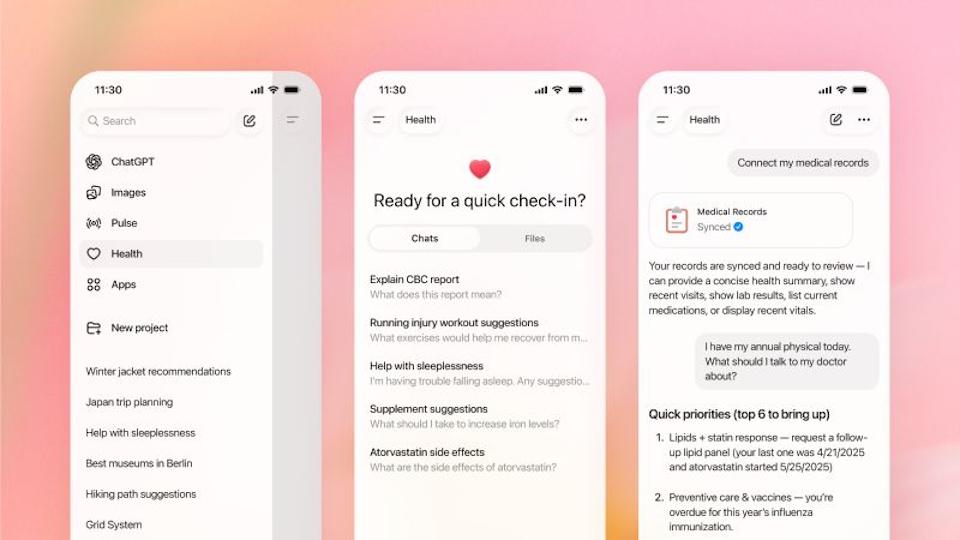Digital health financing shows signs of recovery in H1

After languishing in the doldrums for a few quarters, there are signs that the winds of investment are starting to blow again in the US digital health sector, according to market watcher Rock Health.
The first half of the year saw $5.7 billion raised by companies in the sector, across 266 deals, which is setting 2024 up to exceed the totals in 2019 and 2023, on either side of the huge spike that occurred during the COVID-19 pandemic. If the trend holds true in the second half, 2024 could finally reverse a steady decline since 2021.
The bulk of the investment was in early-stage deals up to Series B, which accounted for 84% of the total, but there are signs that initial public offerings are also back in the frame, according to the analysis.
There has also been a dip in so-called unlabelled deals, usually seen when start-ups need capital, but don’t meet the financial benchmarks to start the next formal round or are “trying to delay tough conversations on topics like valuation,” said Rock Health.
Standout early-stage deals included a $111 million Series A for precision medicine player Zephyr AI, alongside $60 million first rounds for continuous glucose monitoring (CGM) specialist Allez Health and Fabric, which provides software to automate clinical and administrative work in healthcare.
There were also three public listings in the first half; namely, remote foetal monitoring platform developer Nuvo, medical revenue and debt management company Waystar, and precision diagnostics specialist Tempus AI, which ended a 21-month hiatus.
At the same time, however, M&A activity has fallen sharply, with 66 deals in the first half of 2024. Unless there’s a flurry in the second half, that puts 2024 on course to record the lowest level since 2019.
Looking at technological trends, the report describes a continued expansion in investor interest beyond on-demand digital health tools like telemedicine – which drove dealmaking in the early years – to areas like digital therapeutics, clinical and non-clinical workflow, and R&D tools for pharma and medical devices, often powered by artificial intelligence.
The top category by clinical indication in the first half was once again mental health, followed by cardiovascular, oncology, weight management and obesity, reproductive and maternal health, and neurology.
“The digital health sector continues to demonstrate resilience and adaptability,” concludes the report. “Funding momentum (especially at the early stage) and the tapering of transition measures like unlabelled rounds hint that we might be returning to more ‘normal’, sustainable venture patterns.”












